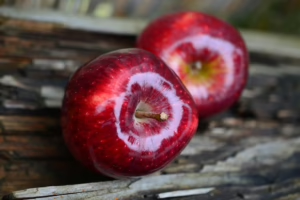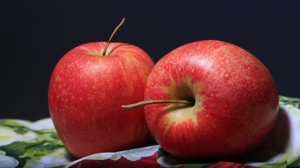Navigating Food Allergies: Healthy Alternatives for Common Triggers
Food allergies can significantly impact daily life, making meals challenging and sometimes dangerous. With the rising prevalence of food allergies, it’s essential to have strategies to navigate them safely. Fortunately, numerous healthy alternatives exist for common allergens that can help maintain a balanced diet while avoiding potential triggers. Here’s a guide to some of the most common food allergies and their nutritious substitutes.
Understanding Food Allergies
Food allergies occur when the immune system mistakenly identifies specific proteins in food as harmful, leading to various symptoms ranging from mild irritation to severe reactions. Common food allergens include:
- Peanuts
- Tree nuts
- Milk
- Eggs
- Wheat
- Soy
- Fish
- Shellfish
Healthy Alternatives for Common Allergens
1. Peanuts and Tree Nuts
Common Alternatives:
- Seeds: Sunflower seeds or pumpkin seeds are nutritious, protein-rich options.
- Legumes: Chickpeas and lentils can add a nutty flavor and protein to your diet.
Try These Recipes:
- Sunflower Seed Butter: A great alternative for spreads and baking.
- Chickpea Hummus: A versatile dip or spread that’s packed with flavor.
2. Milk
Common Alternatives:
- Plant-based Milks: Almond, soy, oat, and coconut milk can replace dairy in cooking and baking.
- Nut-Free Yogurt: Look for alternatives made from coconut, soy, or oat.
Try These Recipes:
- Oat Milk Smoothie: A delicious and creamy drink that’s completely dairy-free.
- Coconut Yogurt Parfait: Layer with fruits and granola for a healthy breakfast.
3. Eggs
Common Alternatives:
- Flaxseed Meal: Mix one tablespoon of ground flaxseed with three tablespoons of water to replace one egg in baking.
- Silken Tofu: Blend until smooth to use in recipes requiring eggs, particularly in savory dishes.
Try These Recipes:
- Flaxseed Pancakes: A healthy breakfast option that’s easy to make.
- Tofu Scramble: A savory alternative to scrambled eggs, packed with veggies.
4. Wheat
Common Alternatives:
- Gluten-Free Flours: Almond flour, coconut flour, or chickpea flour can substitute for wheat flour in various recipes.
- Quinoa: A versatile grain that can be used in salads, bowls, or as a side dish.
Try These Recipes:
- Almond Flour Cookies: A delicious, gluten-free treat.
- Quinoa Salad: Toss cooked quinoa with veggies and a light dressing for a nutritious meal.
5. Soy
Common Alternatives:
- Coconut Aminos: A soy sauce alternative made from fermented coconut sap, great for seasoning.
- Lentils and Chickpeas: Excellent protein sources that can replace soy in many dishes.
Try These Recipes:
- Coconut Amino Stir-Fry: Use a variety of vegetables and proteins in a tasty stir-fry without soy.
- Lentil Soup: A hearty and satisfying option packed with nutrients.
6. Fish and Shellfish
Common Alternatives:
- Plant-Based Seafood: Products made from seaweed or pea protein can mimic the flavors and textures of seafood.
- Heart-Healthy Alternatives: Opt for omega-3-rich foods like flaxseeds, chia seeds, or walnuts for comparable health benefits.
Try These Recipes:
- Seaweed Salad: A refreshing dish that brings a taste of the ocean without fish.
- Chia Seed Pudding: Packed with omega-3s and perfect as a snack or dessert.
Tips for Managing Food Allergies
- Read Labels: Always check ingredient lists for allergens, even in seemingly safe products.
- Meal Prep: Preparing meals at home ensures you can control ingredients and avoid cross-contamination.
- Educate Yourself and Others: Inform friends, family, and dining staff about your allergies to ensure your safety.
Conclusion
Navigating food allergies doesn’t have to be a daunting experience. By incorporating healthy alternatives and being proactive in your choices, you can enjoy a varied and nutritious diet. With creativity and mindful planning, it’s possible to live fully while accommodating food allergies, ensuring that every meal is safe, delicious, and satisfying. Always consult with a healthcare provider or nutritionist for tailored advice, especially if you’re managing multiple allergies or special dietary needs.
For further reading on the subject of food allergies and dietary management, refer to [modern_footnote_source_link].


























Add Comment